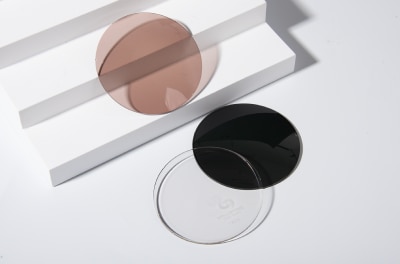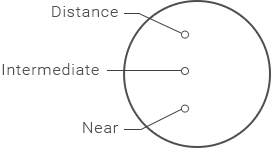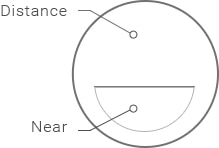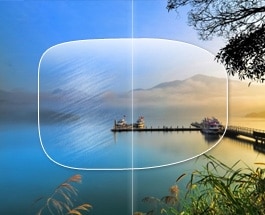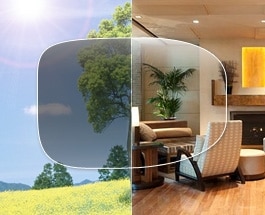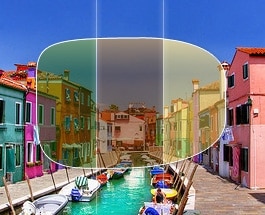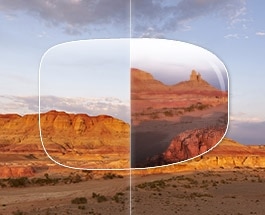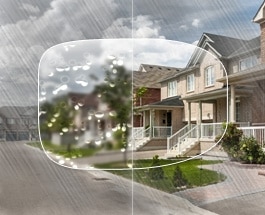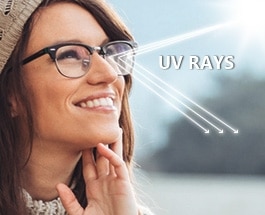Skip to main content
- Eyeglasses
- Sunglasses
- AI Glasses

- Shop AI Glasses
WAYFARER
SKYLER
- Shop All AI Glasses
- Feature Highlight
- Premium Brands
- Lenses
- Sign In
- Help CenterHow to Measure Frame SizeHow to Read Your PrescriptionMatch Frames & Face ShapeShipping & ReturnsTrack Your OrderTips & GuidesGet in TouchStart a live chat (Loading)1-855-393-2891(Available 24/7)support@eyebuydirect.comFind eye doctors near you
live chat
